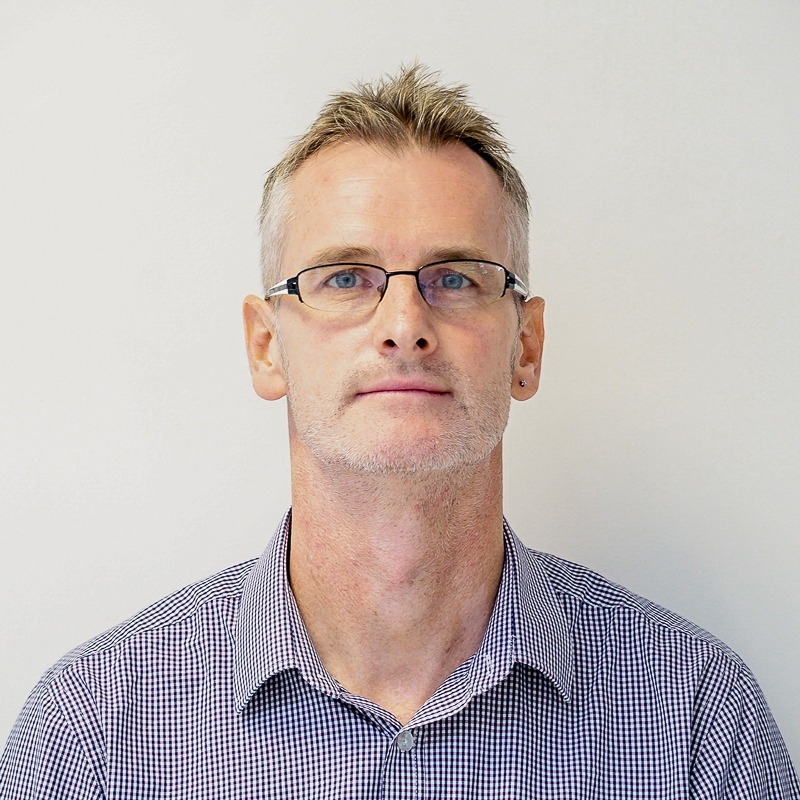WACS break: partners move to reassure market
The West African Cable System (WACS) linking South Africa to Europe reported a break between Seixal, Portugal and Highbridge in England over the weekend.
The break could impact internet access in South Africa and service providers have moved to reassure the market.
Angola Cables, a member of the WACS consortium, issued a statement in which it explained that it was ensuring connectivity, continuity and global interconnection through its networking using the South Atlantic Cable System (SACS).
“… the services that Angola Cables' provides to its customers remain operational across the 11 WACS cable contact points on the West coast of Africa. As a top priority, Angola Cables and the consortium of WACS partners are working to restore the cable's full capacity to impacted customers as soon as possible.”
Liquid Telecom South Africa announced that it had mitigated network outages due to unexpected loss of connectivity.
Reshaad Sha, CEO Liquid Telecom South Africa, said, “To help ensure continuity of service, Liquid Telecom’s network traffic is automatically re-routed during such outages. We are responding to new and increased demand from customers with additional capacity across alternate routes. Liquid Telecom operates a five-cable system for our international internet capacity in South Africa. Our resilient architecture means the loss of the WACS capacity is unlikely to impact customers’ connectivity as demand surges.”
The company also deployed a chatbot interface on the network to respond to customer needs in real-time.
“This offering is built on an artificial intelligence platform so that it can mimic human conversation to ensure a seamless experience and deliver more accurate responses to customer queries,” the company added.
In January 2020 Africa’s connectivity was impacted by a dual cable break affecting the South Atlantic 3/West Africa Submarine Cable (SAT3/WASC) as well as WACS.
This resulted in a reduced internet speed and impact on international voice calling and mobile roaming.
The consortium initiated a repair mission, with the deployment of Openserve’s Global Capacity team and undersea cable deployment and maintenance vessel Leon Thevinin.
The break was eventually rectified in March 2020.
In December 2019 Byron Clatterbuck, chief executive officer, SEACOM, said Africa needs several more high-capacity and diverse subsea cable systems that would complement existing cables and allow for the automatic rerouting of traffic in case of cable cuts or outages. This allows African data providers to deploy 'meshed networks' that allow for multiple linear paths that are all carrying active traffic, which means that, if one path is impacted, the overall network remains functioning with limited impact to customer traffic.
“That is why the arrival of Google's Equiano west coast cable system and the potential for Facebook-led Simba east coast subsea cable system will be good for data service providers, their customers, business users, and consumers in Africa. New subsea cables enable a prosperous data ecosystem at the intersection of connectivity, cloud, content and consumer applications that will improve the wider socio-economic landscape. However, the construction and delivery of new high-speed data routes will take time to implement. What is the solution for an industry on which Africa's future prosperity depends? We believe that these will be what the industry calls 'Hybrid Investment Models'. This is a modern version of the old shared 'consortium model' where many carriers (often one from each landing country) together invested in and built a cable system (SAT-3, EASSy and WACs come to mind).”
